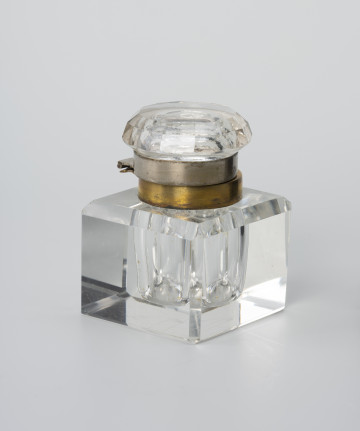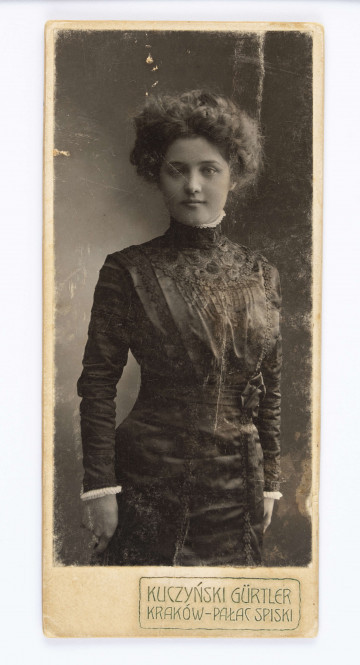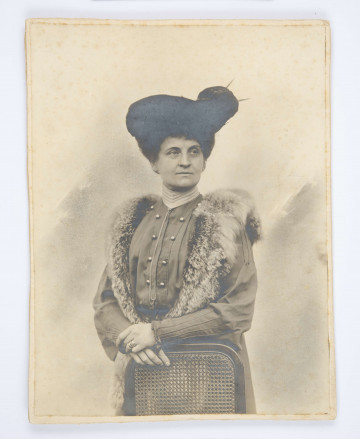
Inkwell
1930 — 1942
National Museum in Szczecin
Part of the collection: European classics of modernity
Maria Ewa Łunkiewicz-Rogoyska, known as Mewa [Seagull], was one of the amazons of the Polish interwar avant-garde. She was born into a family with artistic traditions: both her mother (Maria Kłopotowska) and her uncle (Adam Chmielowski - Saint Brother Albert) were painters. Between 1921 and 192,4 she studied at the National School of Decorative Arts in Paris, taking advantage of her stay in the capital of art to establish contacts with representatives of post-Cubist trends: Jean Metzinger, Auguste Herbin, Fernand Léger, and especially the creators of Purism - Amédée Ozenfant and Charles-Edouard Jeanneret (Le Corbusier). Having returned to Warsaw in 1925 and joined the domestic modern groups (Blok [Block], Praesens, a.r.), she remained the most important purist in the country, painting simplified still lives, portraits and sports scenes. She continued to maintain links with Paris, where she stayed again in 1930. Thanks to the mediation of Henryk Stażewski, she entered the circle of international relations under the sign of Abstraction-Création and Cercle et Carré. Both the avant-garde networking of Łunkiewicz-Rogoyska in the interwar period and her modern work in the post-war interregnum and after the Thaw meant that the extensive posthumous exhibition at Warsaw Gallery Zachęta (1969) intentionally omitted realistic works created by the artist in the Stalinist period. Among the optimistic depictions of the country's reconstruction, youth or the struggle for peace, which were required for propaganda reasons, there was an image of a historical figure, Stanisław Konarski. An educational reformer of the Enlightenment period, the founder of the Collegium Nobilium is shown with a model of the seat of his university and a scroll of writings. He is standing in the gallery of the Sejm hall in the Royal Castle in Warsaw, known for works immortalising the scene of the adoption of the Constitution of the Third of May: a drawing by Jan Piotr Norblin (1791) and a painting by Kazimierz Wojniakowski (1806). The realistic chiaroscuro portrait, not so much because of its subject but because of its clear formal references to models discredited by the avant-garde, did not fit Łunkiewicz-Rogoyska's œuvre at all.
Szymon Piotr Kubiak
Author / creator
Dimensions
cały obiekt: height: 99 cm, width: 81 cm
Object type
painting
Creation time / dating
Creation / finding place
Identification number
Location / status

1930 — 1942
National Museum in Szczecin

after 1907
National Museum in Lublin

before 1944
National Museum in Lublin
DISCOVER this TOPIC
Museum of King Jan III's Palace at Wilanów
DISCOVER this PATH
Educational path